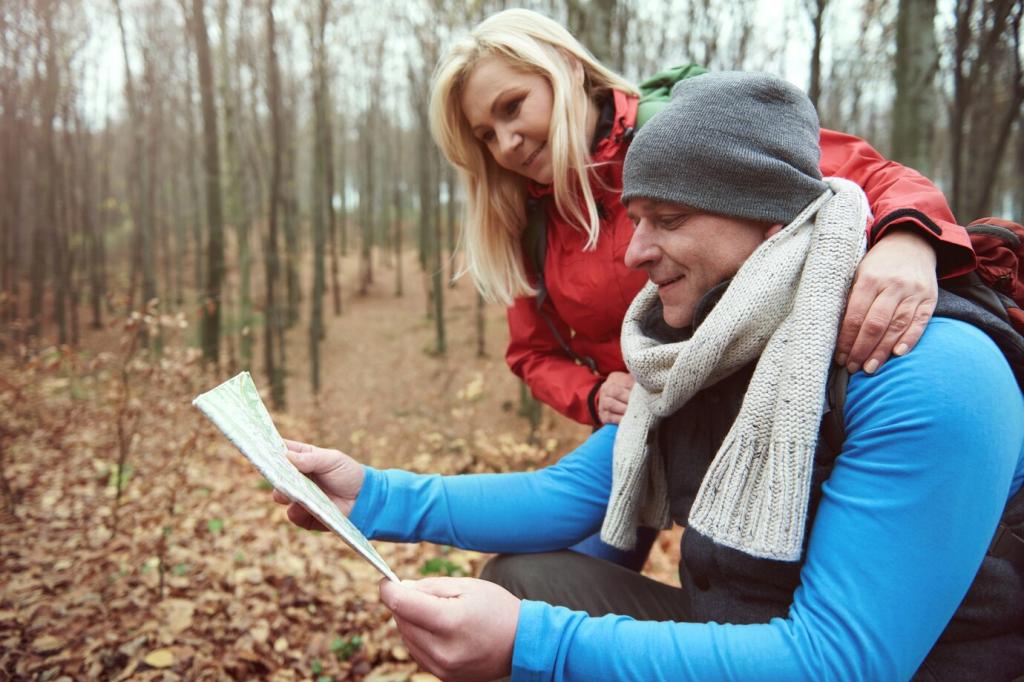Layering That Works in Every Season
Start with a base layer that wicks fast and dries faster, because sweat that lingers steals heat. Merino (150–200 gsm) shines in cool-to-cold conditions, while synthetics excel in hot, high-output days. Avoid cotton entirely. Pack a spare top for lunch breaks and emergencies, and tell us your favorite fabric weight for mixed forecasts.
Layering That Works in Every Season
Grid fleece and active insulation bridge the gap between chilly starts and sun-warmed switchbacks. Choose pieces with venting zips and stretch for comfort under a pack. In fickle shoulder seasons, a light synthetic puffy resists damp better than down. What midlayer saved your day during a surprise temperature drop? Share your go-to in the comments.
Layering That Works in Every Season
Carry a wind shirt for quick protection and a waterproof shell for real storms. A 3-layer jacket outlasts abrasion, while 2.5-layer options trim weight. Pit zips are gold on humid climbs. Refresh DWR regularly and stash a compact rain kilt or pants. Subscribe for our maintenance checklist to keep your shell storm-ready all year.
Layering That Works in Every Season
Lorem ipsum dolor sit amet, consectetur adipiscing elit. Ut elit tellus, luctus nec ullamcorper mattis, pulvinar dapibus leo.



